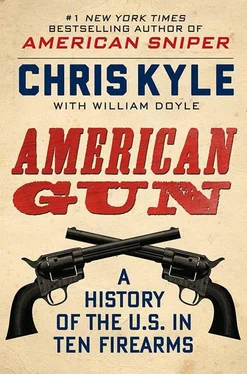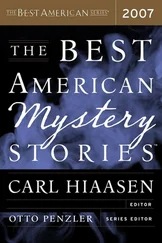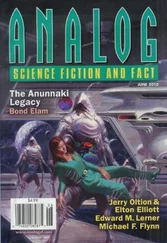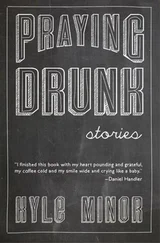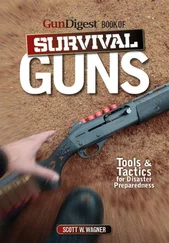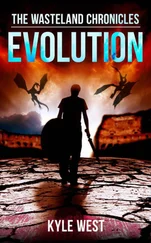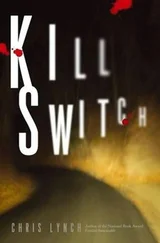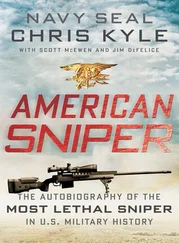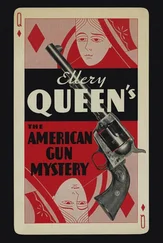What were Wild Bill’s secrets? Another famous cowboy who knew him well and carefully studied his gun-handling technique was Buffalo Bill Cody. Cody employed Hickok, briefly, in his traveling show. To Cody, Hickok’s main assets were decisiveness and a thorough understanding of the science of shooting and the weapon he carried. Not to mention the ability to conjure a calm in the heat of the moment.
“Bill beat them to it,” declared Cody, summing up the gunman’s method. “He made up his mind to kill the other man before the other man had finished thinking, and so Bill would just quietly pull his gun and give it to him. That was all there was to it. It is easy enough to beat the other man if you start first. Bill always shot as he raised the gun. That is, he was never in a hurry about it; he just pulled the gun from his hip and let it go as he was raising it; shoot on the up-raise, you might call it. Most men lifted the gun higher, then threw it down to cock it before firing. Bill cocked it with his thumb, I guess, as it was coming into line with his man…. But he was not the quickest man by any means. He was just cool and quiet, and started first. Bill was not a bad man, as is often pictured. But he was a bad man to tackle. Always cool, kind, and cheerful, almost, about it. And he never killed a man unless that man was trying to kill him.”
Hickok was often armed with two pistols, and according to eyewitness accounts, he used both simultaneously when the situation called for it. Years after the Hickok-Tutt shoot-out, the August 25, 1876, edition of the Chicago Tribune carried the account of an unnamed observer who believed, “The secret of Bill’s success was his ability to draw and discharge his pistols, with a rapidity that was truly wonderful, and a peculiarity of his was that the two were presented and discharged simultaneously, being ‘out and off’ before the average man had time to think about it. He never seemed to take any aim, yet he never missed. Bill never did things by halves. When he drew his pistols it was always to shoot, and it was a theory of his that every man did the same.”
Hickok himself explained that he wouldn’t shoot an innocent man, but he was willing to kill men in the line of duty or in self-defense. He offered helpful tips on how to properly shoot someone, like “Whenever you get into a row, be sure and not shoot too quick. Take time. I’ve known many a feller to slip up for shooting in a hurry.” Another time, he told a friend, “Charlie, I hope you never have to shoot any man, but if you do, shoot him in the guts, near the navel. You may not make a fatal shot, but he will get a shock that will paralyze his brain and arm so much that the fight is all over.” Good advice, in my experience.
Hickok’s opponent that hot summer day in Springfield was a man who until recently had been his friend and gambling partner, Davis K. Tutt. Legend has it that women caused them to fall out, though which women exactly is a matter of speculation. Hickok was rumored to be the daddy of Tutt’s sister’s child. Tutt reportedly had the hots for Hickok’s girlfriend.
Whatever the reason, Hickok decided to stop playing cards with Tutt, who retaliated by staking other card players in a public effort to embarrass and bankrupt Hickok. Either Tutt backed the wrong players or they ran into a cold streak wider than Alaska, because Hickok raked in the winnings. Tutt became infuriated, to use a fancy word for pissed off. On an impulse, he grabbed Wild Bill’s gold Waltham pocket watch as collateral for a separate, disputed debt. It was a public insult that branded Hickok as a mooch and a welsher. These were labels that would have ruined Hickok as a professional gambler, and were more than enough to provoke a fight. But Hickok, outnumbered in the saloon, kept his cool. Tutt grinned and made off with the watch.
Tutt’s supporters mocked Hickok relentlessly about the confiscation, trying to goad him into a situation where they could, as a group, safely gun him down. Their antics strained Wild Bill’s patience to the breaking point. When they told him that Tutt was planning to parade across the town square the next day wearing the watch for all to see, Hickok decided enough was enough. “He shouldn’t come across that square unless dead men can walk,” he growled, and went home to polish up his pistol.
The next day, the two former friends sat down over a drink and discussed the terms of a truce, but negotiations broke down. At 6 p.m., Tutt began his march across the town square, wearing the watch. Hickok coolly strode onto the square holding his Colt Navy. He cocked it and placed it in his hip holster. The crowd scattered.
“Dave, here I am,” called out Hickok from a distance of seventy-five yards away as a rush-hour crowd of spectators gathered around the square. “Don’t you come across here with that watch.”
Tutt, who was standing sideways in the style of a formal duelist, pulled his gun to fire. Hickok drew his revolver and braced it on his other arm. Two shots rang out almost simultaneously. Tutt missed. Hickok didn’t. His bullet traveled right through Tutt’s chest.
Tutt’s last words were “Boys, I’m killed.” Hickok, meanwhile, had pivoted to wave his gun at Tutt’s flabbergasted cronies. He let his pistol do the talking. “Do you want some of this?” the weapon asked. They didn’t.
A jury cleared Wild Bill of manslaughter, deciding he’d acted in self-defense. He had many more adventures before being fatally shot in the back by a coward named Jack McCall in a saloon in Deadwood, South Dakota, in August 1876.
We can’t leave the Wild West or Colt pistols without mentioning what has to be the most famous shoot-out in American history. It happened on the cold afternoon of October 26, 1881, when four lawmen faced off against four cowboys in a vacant lot in Tombstone, Arizona. Of course I’m talking about the Gunfight at the O.K. Corral.
On the one side were two sets of brothers, Tom and Frank McLaury and Ike and Billy Clanton. These cowboys were not what you might call model citizens. All four were regularly suspected of rustling cattle, but the crime that seems to have really stirred things up was their alleged connection to a string of stagecoach robberies outside the town.
The law, in the person of Marshal and Chief of Police Virgil Earp and Deputy Marshals Wyatt and Morgan Earp, pursued the robbery investigations with a zeal unusual at the time, especially considering that a good number of lawmen had night jobs as thieves themselves. Ike Clanton complained that the Earps were picking on the cowboys unfairly. Then he supposedly ratted out some of the robbers to the Earps. Ike got angered when the confidential information started leaking out, identifying him as the source. One of the Earps’ friends, a sometime dentist, gambler, and occasional hothead known as Doc Holliday, figured into the argument when friends of the cowboys tried to frame him for the robberies. It was all a twisted, vicious mess.
Tempers escalated, liquor flowed, and reason fled. Threats and harsh words were exchanged on October 25. By the next afternoon, both Ike and Tom were sporting fresh head wounds from where the Earps had pistol-whipped them with their mammoth Colts in separate encounters.
There was a gun-confiscation law on the books that made carrying a firearm illegal inside the crime-infested silver-mining boomtown. If you ventured into Tombstone you had to check your weapon behind the counter of a designated retail location like a saloon. But on October 26, at least two of the cowboys, Billy Clanton and Frank McLaury, appeared to be defying the gun ban by wearing holstered Colt .44 revolver pistols in plain view.
Virgil, Wyatt, Morgan, and Doc headed to the O.K. Corral to arrest the Clantons before they could leave. Virgil, Morgan, and Wyatt all had six-shooters. Wyatt had on either a Colt Single Action Army or a .44-caliber Smith & Wesson. (Nobody’s quite sure, and Wyatt never clarified the point.) In an expert gunfighter’s touch, Wyatt lined the inside of his coat with wax to facilitate a smooth gun draw. Morgan was probably packing a Colt .45, and Virgil Earp was carrying either a Colt or a Smith & Wesson, caliber unknown. Doc Holliday had a short-barreled 10-gauge shotgun under his coat, as well as a nickel-plated Colt Single-Action Army or a smaller Colt model.
Читать дальше
